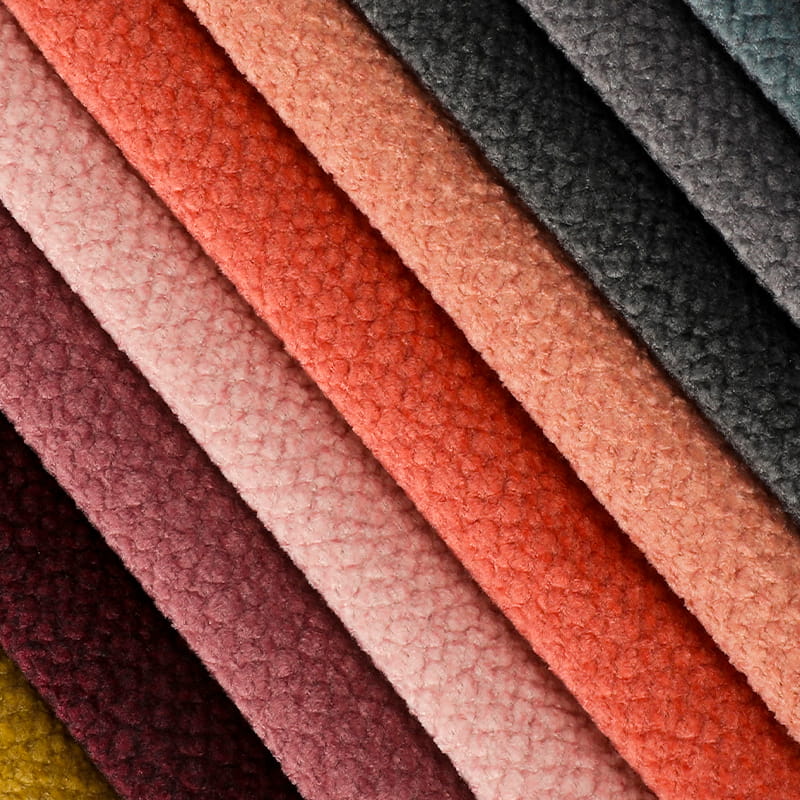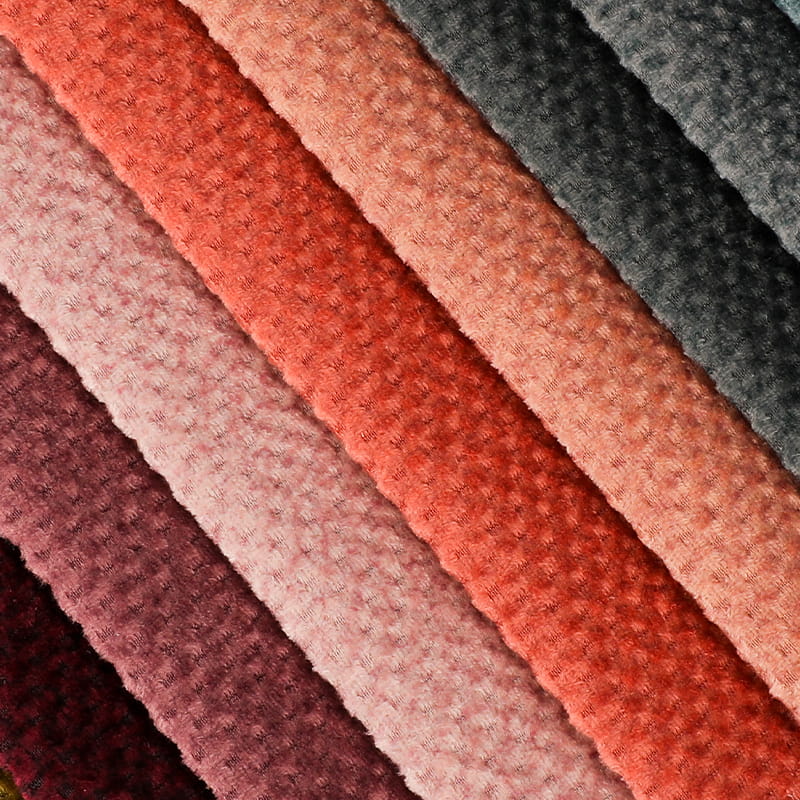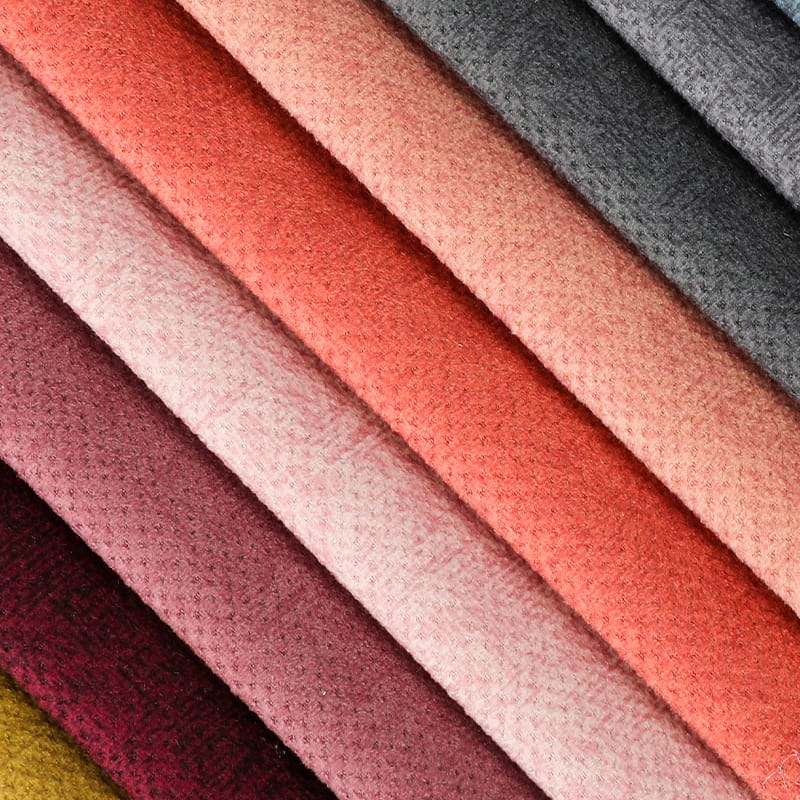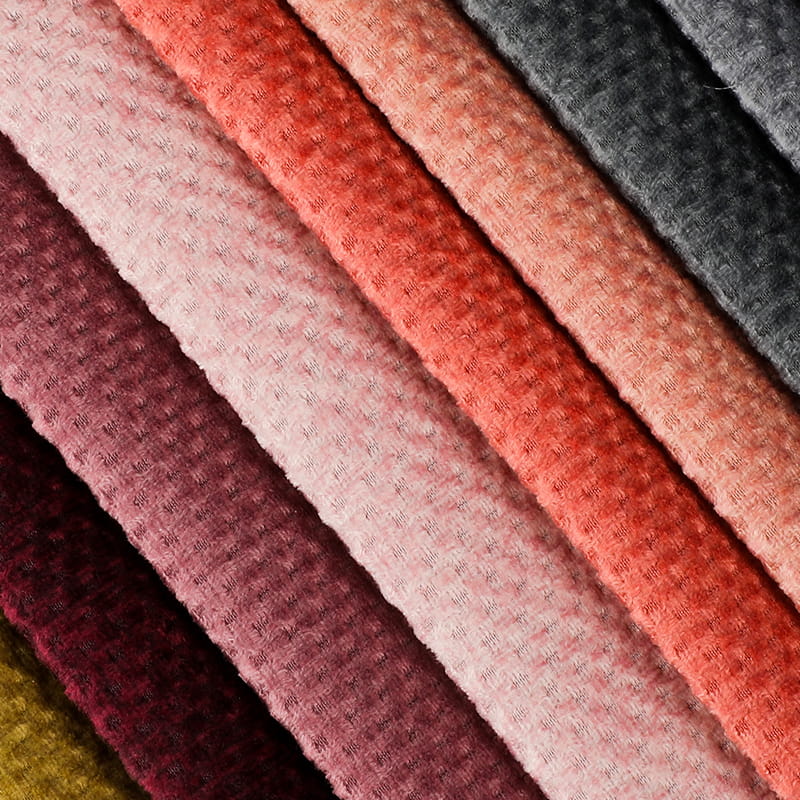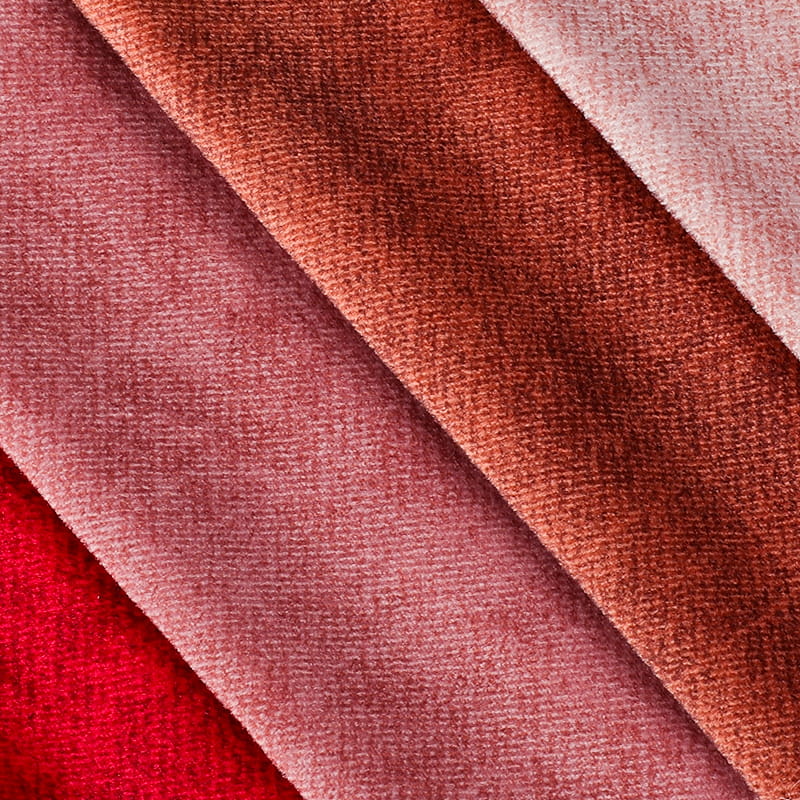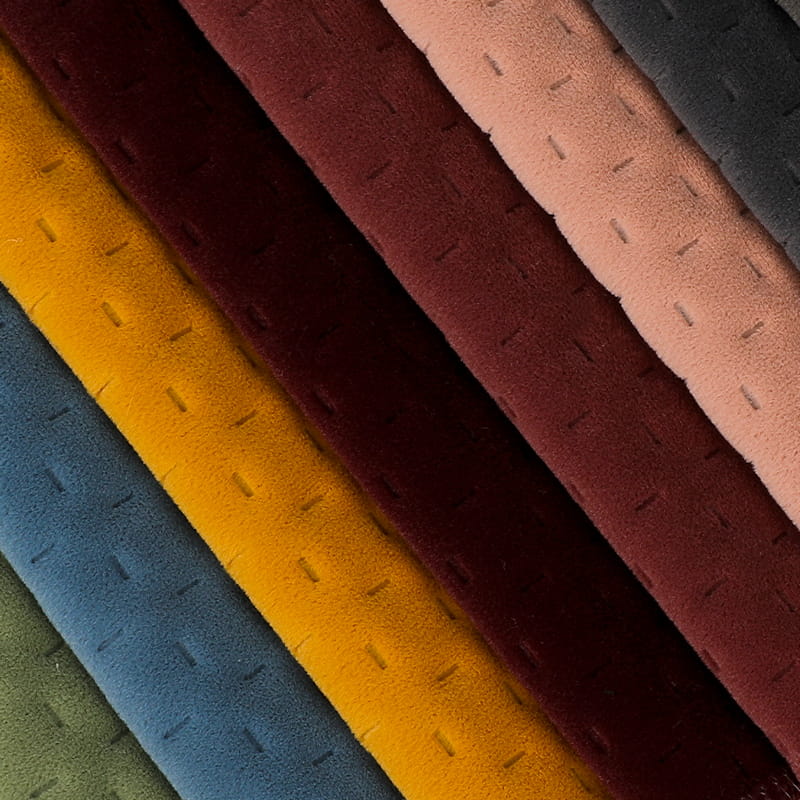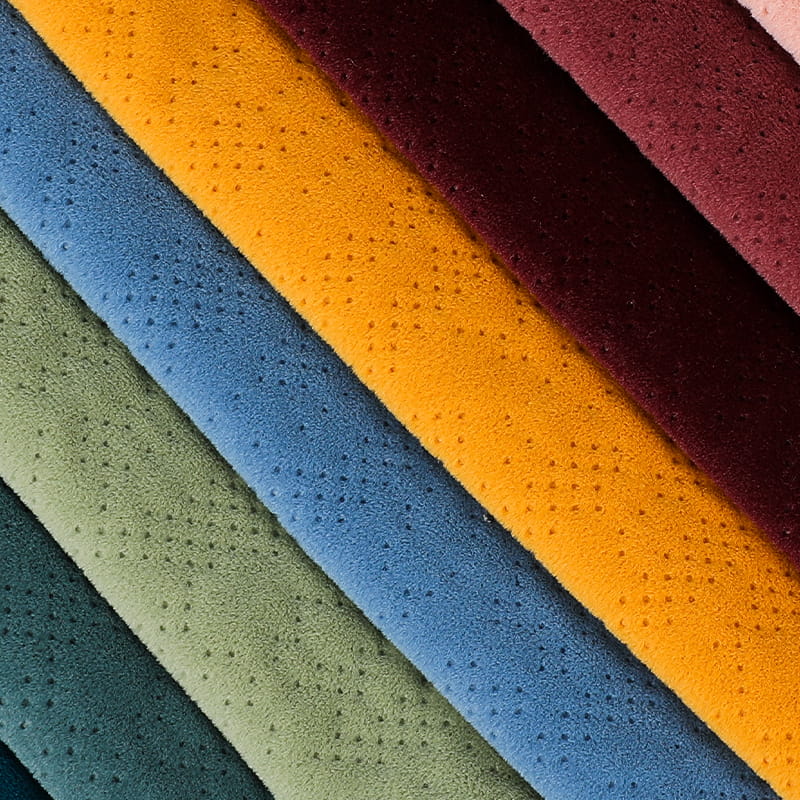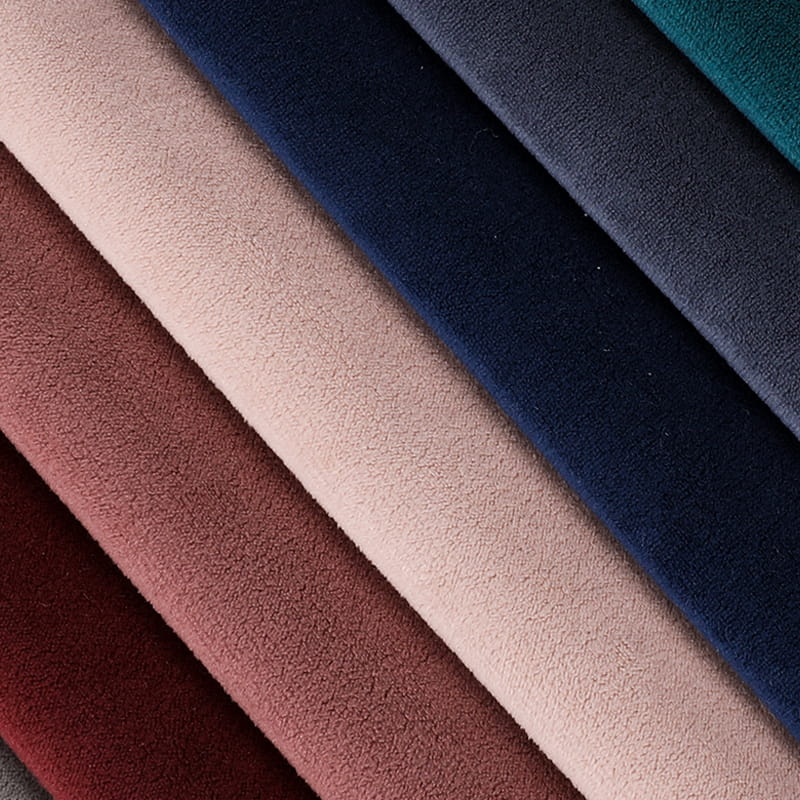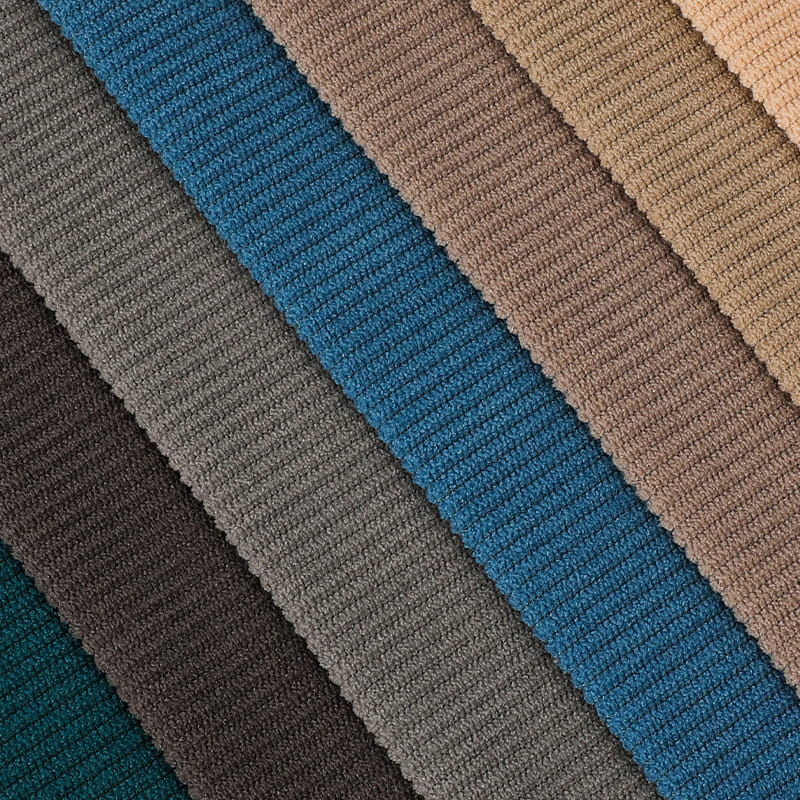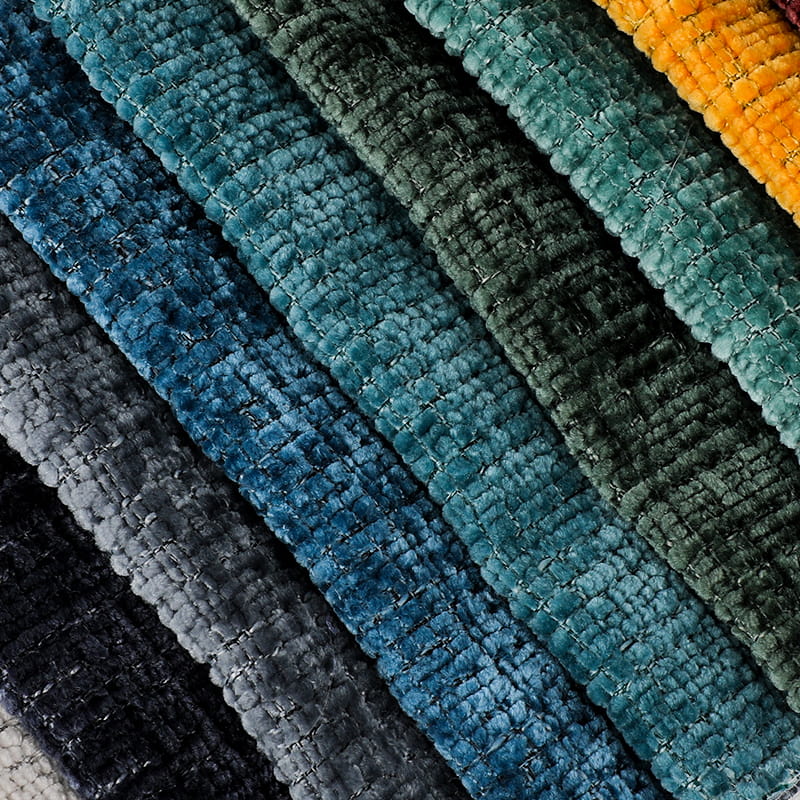In contemporary home design, upholstery home textile fabric is no longer a functional accessory, but a core element that leads aesthetic trends and comfortable experiences. Whether it is the touch of the sofa, the drape of the curtains, or the texture and pattern of the cushions and bedding, home textiles inject warmth and soul into the space through the fusion of color, material and craftsmanship.
Upholstery home textile fabric covers a wide range, including but not limited to sofa fabrics, curtain fabrics, bedding, carpets, decorative fabrics and cushion covers. These fabrics not only undertake the task of beautifying the space, but also play a practical role in sound insulation, warmth, shading, humidity regulation and other aspects. In the context of soft furnishing design, the texture of fabrics is often the key language for shaping the style of the space. A velvet sofa fabric can convey elegance and luxury; while the linen texture makes people feel natural, comfortable and light in life.
From the perspective of fiber structure, home textile fabrics can be divided into natural fibers and artificial synthetic fibers. Natural materials such as cotton, linen, wool and silk have good breathability and skin-friendliness, and are suitable for consumers who pursue a natural lifestyle. With the development of technology, artificial fibers such as polyester, nylon, and microfiber have become increasingly important in modern homes due to their wear resistance, easy cleaning, and anti-fading characteristics. In particular, the introduction of new functional fabrics, such as anti-fouling, waterproof, and flame-retardant technologies, makes home fabrics more in line with modern people's dual demands for practicality and safety.
Design is another aspect of fabrics that cannot be ignored. In the evolution of different trends, the innovation of patterns, colors, and weaving methods has driven the continuous evolution of fabrics. From classic floral and geometric patterns to modern abstract and oriental freehand styles, home fabrics have long become an important medium for personalized expression of space. Through visual matching and contrast, designers can create a warm, avant-garde, or elegant atmosphere to enhance the overall home texture.
Environmental protection and sustainable development have become a new direction for the development of the industry. With the improvement of consumers' awareness of environmental protection, more and more fabric brands have begun to adopt green production processes such as recyclable fibers, organic cotton, and natural dyes. Recycled polyester, bamboo fiber, plant dyeing and other materials not only reduce the impact on the environment, but also give the products higher added value. This eco-friendly concept is gradually affecting the entire home furnishing industry chain, from raw material selection to terminal consumption, all moving towards low-carbon and environmental protection.
Home furnishing fabrics not only affect the comfort and aesthetic level of living, but also shape people's lifestyles invisibly. The pursuit of quality of life by modern families is reflected in every inch of fabric, from the softness of the sofa to the light and shadow filtering of the curtains, every detail carries the warmth of life. With the diversification of consumer aesthetics and the improvement of customization needs, home fabrics are entering a more personalized and high-end stage.



 English
English Español
Español